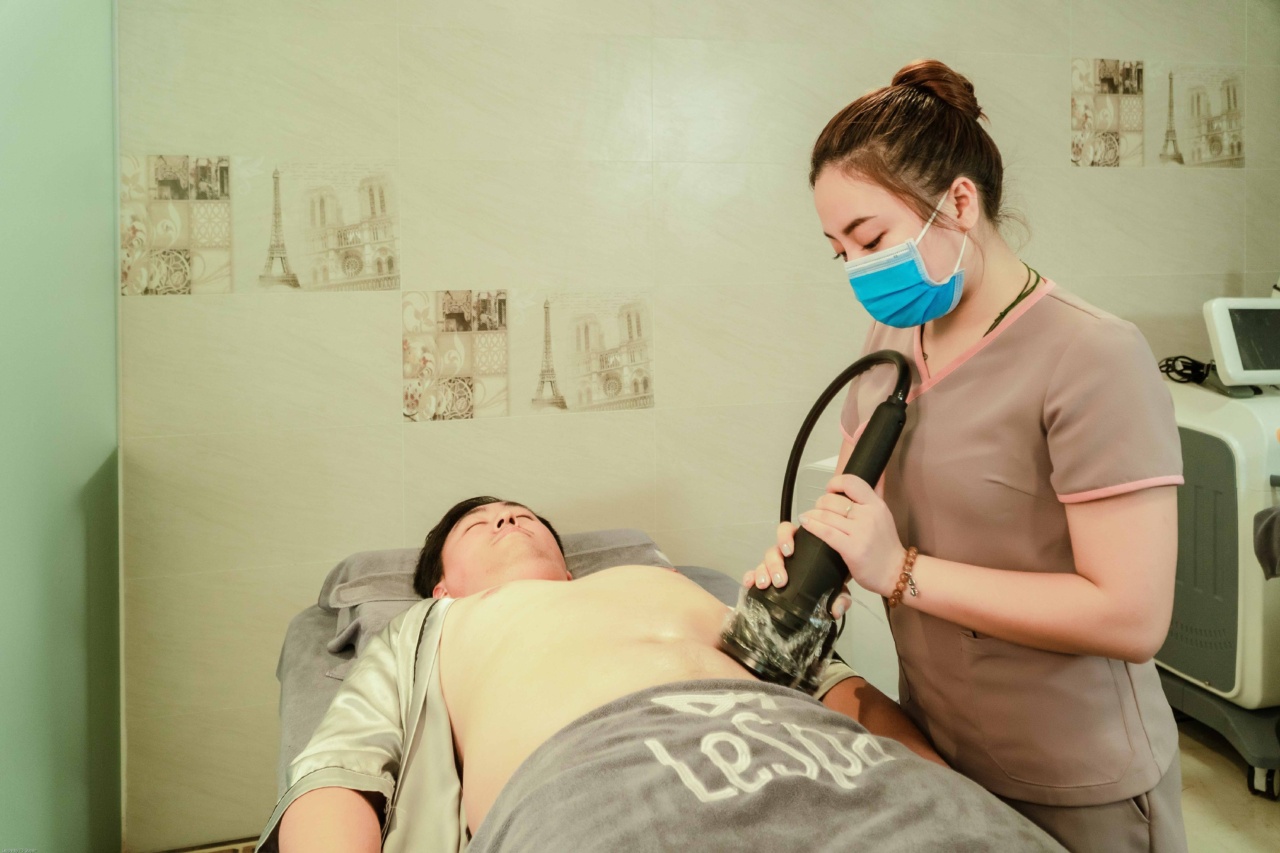Atopic dermatitis, also known as eczema, is a chronic inflammatory skin condition that affects millions of people worldwide. It is characterized by itchy, red, and dry patches on the skin, often accompanied by swelling, oozing, and crusting.
This condition can be frustrating and uncomfortable, but with proper understanding of its causes, symptoms, and treatment options, individuals affected by atopic dermatitis can experience relief and manage their symptoms effectively.
Causes of Atopic Dermatitis
The exact cause of atopic dermatitis is still unknown, but it is believed to be a combination of genetic and environmental factors. People with a family history of atopic dermatitis are more likely to develop the condition.
Additionally, certain environmental triggers can exacerbate symptoms of atopic dermatitis, such as exposure to certain allergens, irritants, or extreme weather conditions.
One of the contributing factors of atopic dermatitis is a dysfunction of the skin barrier. The skin barrier is responsible for locking in moisture and protecting the skin from external irritants.
In individuals with atopic dermatitis, this barrier is impaired, making the skin more susceptible to dryness and irritation.
Symptoms of Atopic Dermatitis
The symptoms of atopic dermatitis can vary from person to person, but common signs include:.
1. Itchy, red skin patches: The affected areas of the skin typically appear dry, scaly, and may develop small, fluid-filled bumps that can ooze when scratched.
2. Dry and sensitive skin: Atopic dermatitis often causes the skin to become excessively dry, rough, and prone to cracking.
3. Swelling and inflammation: The affected areas of the skin may become swollen and inflamed, leading to discomfort.
4. Recurrent skin infections: Due to the compromised skin barrier, individuals with atopic dermatitis are more prone to developing secondary skin infections.
5. Disturbed sleep: The constant itching and discomfort can significantly disrupt sleep patterns, leading to fatigue and irritability.
Treatment options for Atopic Dermatitis
While there is no cure for atopic dermatitis, several treatment options can help manage the symptoms effectively. The goal of treatment is to reduce inflammation, relieve itching, and prevent flare-ups. Here are some commonly used treatment approaches:.
1. Moisturizers and emollients: Regularly applying moisturizers and emollients helps restore the skin’s moisture barrier and alleviate dryness. These products should be free of fragrances and other irritants.
2. Topical corticosteroids: These medications help reduce inflammation and itching. They are available in various strengths and should be used as prescribed by a healthcare professional.
3. Topical calcineurin inhibitors: These non-steroidal medications are used for short-term and long-term management of atopic dermatitis. They work by suppressing the immune response and reducing inflammation.
4. Antihistamines: Oral antihistamines can help relieve itching and promote better sleep. They are particularly useful for individuals with severe itching symptoms.
5. Wet dressings: Soaking affected areas in cool water or applying wet dressings can provide relief from itching and inflammation.
6. Phototherapy: Controlled exposure to ultraviolet (UV) light can help improve symptoms of atopic dermatitis by reducing inflammation and slowing down the excessive growth of skin cells.
7. Immunomodulators: These medications work by targeting the immune system’s response and are prescribed for individuals with moderate to severe atopic dermatitis.
It is important to note that treatment approaches may vary depending on the severity and individual needs. Consulting with a dermatologist or healthcare professional is crucial for determining the most suitable treatment plan.
Tips for Managing Atopic Dermatitis
While medical treatment is essential, individuals with atopic dermatitis can also adopt certain lifestyle changes and self-care practices to manage their condition better. Here are some tips:.
1. Avoid triggers: Identify and avoid triggers that worsen your symptoms, such as specific food allergens, harsh detergents, or extreme temperatures.
2. Gentle skincare routine: Use mild, fragrance-free cleansers and moisturizers to avoid further irritating the skin. Pat the skin dry gently after bathing instead of rubbing.
3. Keep nails short: Trimming nails short can help prevent accidental scratching and further skin damage.
4. Wear soft fabrics: Opt for clothing made of soft, breathable materials to minimize irritation and friction against the skin.
5. Manage stress: Stress can worsen symptoms of atopic dermatitis. Implement stress management techniques like meditation, deep breathing exercises, or engaging in hobbies you enjoy.
Conclusion
Atopic dermatitis is a chronic skin condition that can significantly impact an individual’s quality of life. Understanding the causes, symptoms, and treatment options is crucial for managing this condition effectively.
While there is no cure for atopic dermatitis, various medical treatments and self-care practices can help alleviate symptoms and prevent flare-ups. With proper care and management, individuals living with atopic dermatitis can find relief and lead a comfortable life.






























